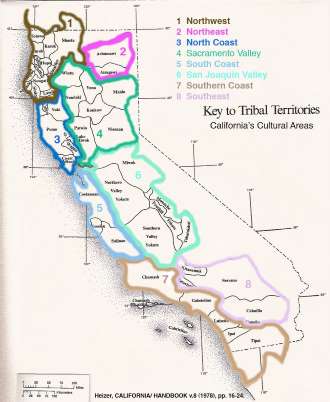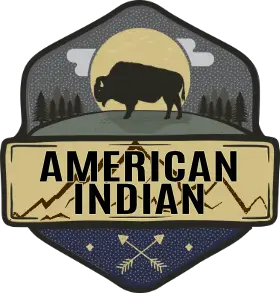California Indian History
People have lived in California for more than 19,000 years. It’s even possible that they’ve lived there for much longer than that.

Most anthropologists believe that we went through a period of time in history when the Bering Straits was so empty of water that what has become native Americans were able to migrate from Asia to Alaska. As those populations grew in Alaska, the migration continued southward.
California was likely, just because of proximity, one of the first areas within the United States to have a significant American Indian population.
Arlington Springs Man Dates Back 13,000 Years
In fact, most people agree that the oldest skeletal human remains were discovered in the state of California. Those date back roughly 13,000 years, and we now call that fossil Arlington Springs Man.
Because California’s climate is generally acknowledged as mild year-round, with plenty of fertile land for crops, the Native American population grew steadily. I’ve seen estimates that the population was as high as 300,000 by the time the first of the European settlers reached what we now call California.
California Indian Cultural Development
What’s different about American Indian history in the Far West is that large deserts and significant mountain ranges kept tribes largely separate from each other. Because interaction between tribes was so much less that it was on the East Coast, or for that matter even in the Midwest, the differences in culture and practices turned out to be more distinct.
In fact, it’s estimated that more than 100 Native American languages were spoken within California before the Europeans reached that area.
The last half of the 19th century was quite rough on the California tribes. They were devastated by epidemics introduced into the population by the European settlers.
On top of that, the Indian Wars spread to parts of California where tribal warriors were significantly outnumbered by their counterparts in the US military. In the subsequent 150 or so years American Indian culture within the state has begun to morph into an Americanized shell of its former self.
